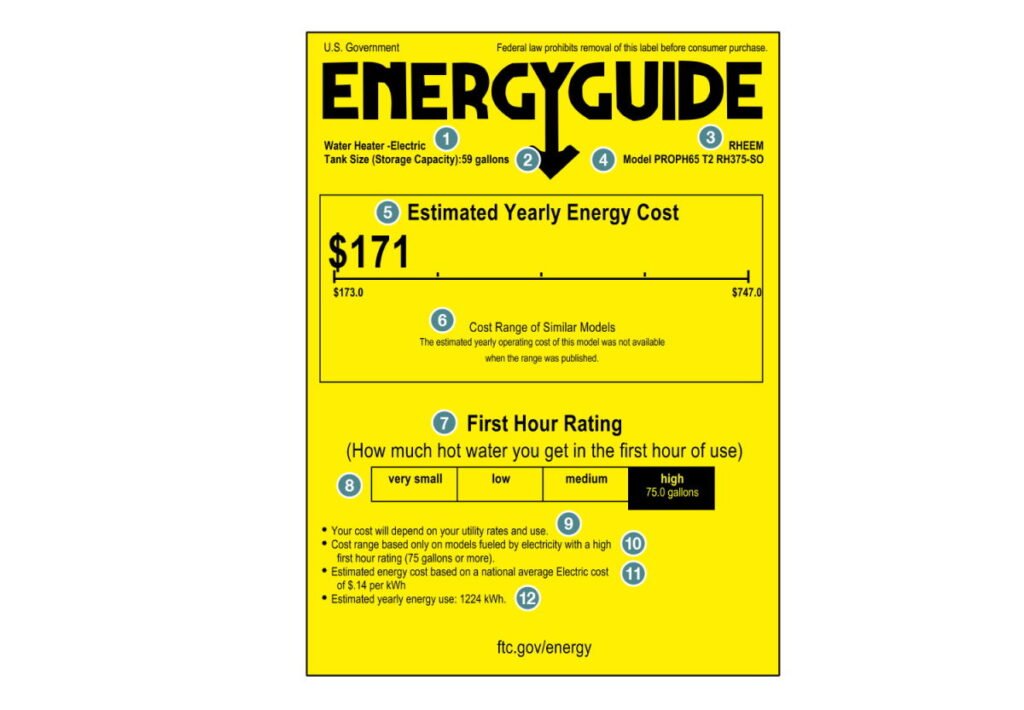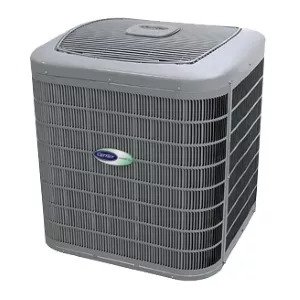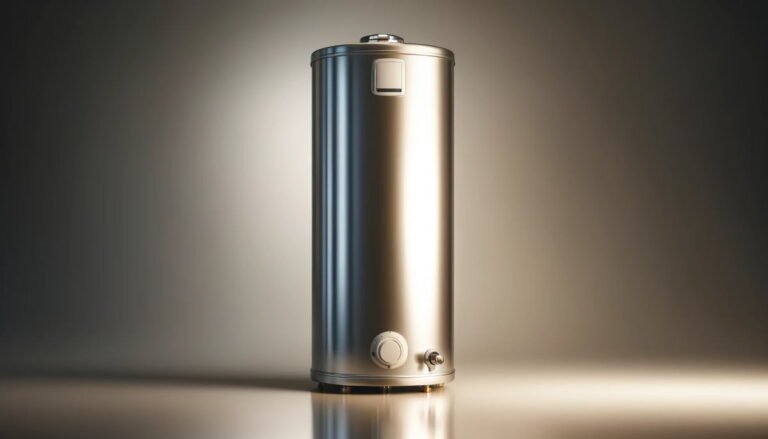What Is: First Hour Rating (FHR)
When it comes to choosing a water heater, understanding the first hour rating (FHR) is crucial for ensuring your household never runs out of hot water. Whether you’re dealing with morning showers, laundry, or dishwashing, the FHR helps you gauge if a traditional or tankless water heater meets your peak demand.
Keep reading to discover how the FHR and flow rate can make all the difference in your daily comfort and efficiency, ensuring you always have a steady supply of hot water when you need it most.

Understanding the First Hour Rating of Your Water Heater
The first hour rating in water heating is a crucial measurement that tells you how much hot water a heater can deliver in the first hour of use. This is important because it helps you understand if the water heater can meet your household’s peak demand for hot water, such as in the morning when multiple people may be showering, washing dishes, and doing laundry all at once.
How to Calculate the First Hour Rating
The FHR is calculated by combining two factors:
- The amount of hot water stored in the tank: This is the actual volume of hot water the tank can hold. For example, while a 50-gallon tank can hold 50 gallons of water, typically only about 70% of it, or 35 gallons, is readily available for immediate use due to recovery time and efficiency factors.
- The recovery rate: This measures how quickly the heater can heat more water after some has been used. It depends on the heater’s energy source (electricity, gas, or other fuels) and its efficiency.
Together, these factors give you the FHR, which is usually expressed in gallons per hour (GPH). It’s essentially the sum of the water initially available and the water the heater can reheat within the hour.
Why FHR Matters
The FHR helps ensure that your water heater can meet your household’s hot water needs without running out. If you often find yourself running out of hot water, it might be because your water heater’s FHR is too low for your usage patterns.
Examples to Illustrate FHR
Let’s look at some practical examples:
Small Household Example:
- Tank Size: 40 gallons
- Recovery Rate: 20 gallons per hour (GPH)
The FHR would be calculated as:
FHR = Tank Size x 70% + Recovery Rate
FHR = 40 gallons x 70% + 20 GPH = 48 gallons
This means that in the first hour, this water heater can provide 48 gallons of hot water. This might be sufficient for a small household with 1-2 people.
Medium Household Example:
- Tank Size: 50 gallons
- Recovery Rate: 25 gallons per hour (GPH)
The FHR would be:
FHR = 50 gallons x 70% + 25 GPH = 60 gallons
This indicates that the heater can deliver 60 gallons of hot water in the first hour. This might suit a medium-sized household with 3-4 people.
Large Household Example:
- Tank Size: 80 gallons
- Recovery Rate: 30 gallons per hour (GPH)
The FHR would be:
FHR = 80 gallons x 70% + 30 GPH = 86 gallons
In this case, the water heater can provide 86 gallons of hot water in the first hour, making it suitable for a larger household with 5 or more people.
How to Find the First Hour Rating
To find the First Hour Rating of tank water heaters and compare them to other models, you can follow these steps:
- Manufacturer’s Website: Visit the websites of water heater manufacturers such as Rheem, AO Smith, Bradford White, or any other reputable brands. They usually provide detailed specifications, including the FHR, for each model.
- Product Labels: Look at the product labels on the water heaters themselves. The FHR is often listed on the EnergyGuide label, which provides key performance metrics.
- User Manuals: Check the user manuals or product brochures for the water heaters. These documents typically include detailed technical specifications, including the FHR.
- Retailer Websites: Online retailers like Home Depot, Lowe’s, Amazon, or specialized appliance stores often list detailed product information, including the FHR, for comparison.
- Energy Star Database: The Energy Star website has a database of certified water heaters with performance metrics, including the FHR, which can be used to compare different models.
Do Tankless Water Heaters Use FHR?
Tankless water heaters, unlike traditional ones, don’t have a first hour rating but instead are measured by flow rate, expressed in gallons per minute (GPM). This flow rate indicates how much hot water the unit can produce on demand, depending on the temperature rise needed.
For example, a tankless unit rated at 5 GPM at a 60°F temperature rise can handle tasks like running two showers and a sink simultaneously. When choosing a tankless water heater, match its flow rate to your peak hot water usage to ensure it meets your household needs.
FHR Helps You Choose the Right Water Heater
When choosing a water heater, compare the FHR to your household’s peak hour demand. To estimate this, consider the number of showers, loads of laundry, and dishwasher cycles typically happening simultaneously during your busiest hour. For instance, a shower might use about 10 gallons of hot water, a load of laundry about 7 gallons, and running a dishwasher about 6 gallons.
If your household uses 50 gallons in its peak hour, you’ll want a water heater with an FHR of at least 50 gallons. Always choose a water heater with an FHR that slightly exceeds your peak demand to ensure a comfortable supply of hot water.
In summary, the first hour rating is a key figure that helps you choose the right water heater based on your hot water needs. By understanding and considering the FHR, you can ensure that your household always has enough hot water, even during the busiest times of the day.
More Articles About Home Heating

Tips and Tricks on How To Remove Bad Smell From The Air Ducts
The bad smell from the air ducts of your HVAC system is a common problem for many homeowners. Ductwork is the…

Heat Pump Not Cooling? Here’s What You Need to Know
Heat pumps are essential not only in the winter for heating our homes but also in the summer to cool…

Compare Ductless Mini-Split Heat Pumps vs. Window Heat Pumps: Which Is Right for You?
In this article, we are going to look at ductless mini-split heat pumps vs. window heat pumps, examine how each…



